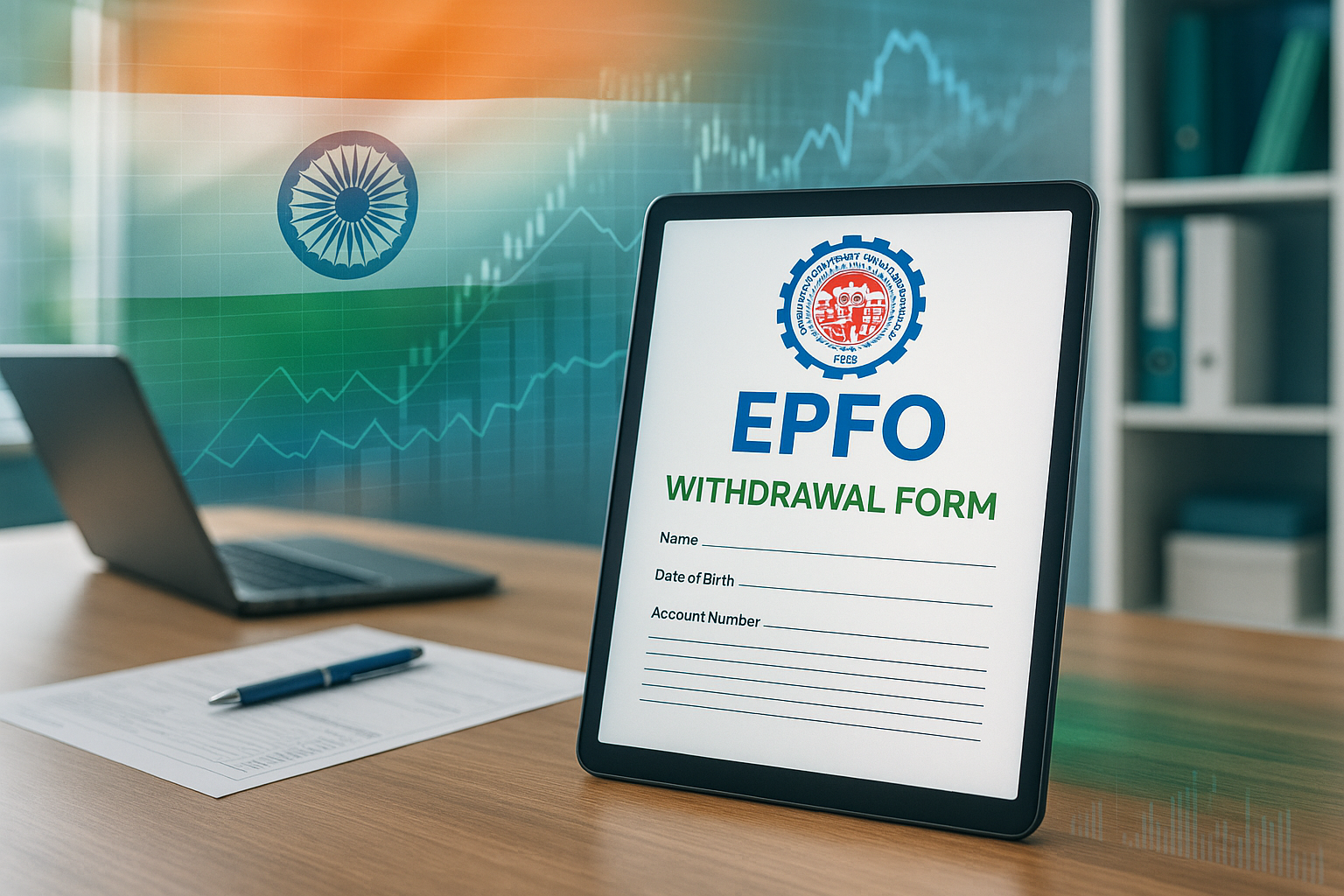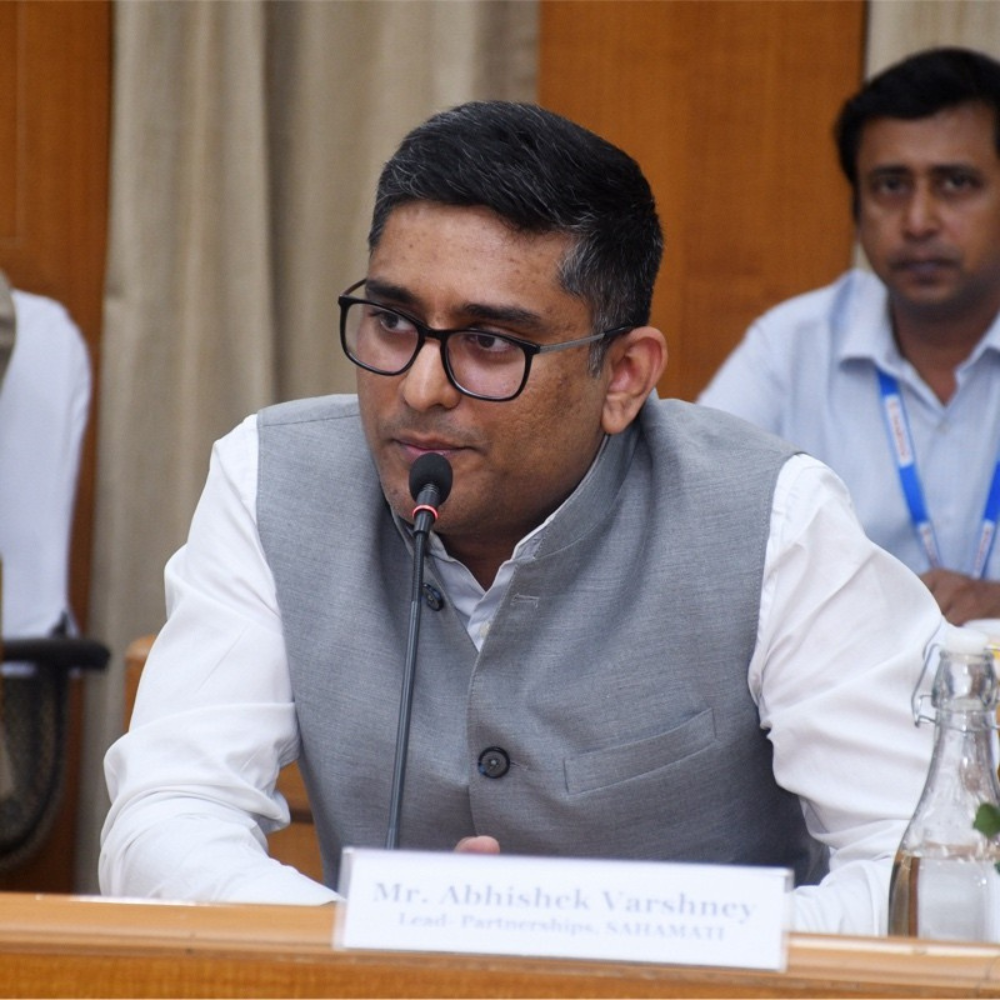In a significant move to enhance financial accessibility, Union Minister for Labour and Employment, Mansukh Mandaviya, announced on June 24, 2025, that the Employees’ Provident Fund Organisation (EPFO) has raised the auto-settlement limit for advance claims from ₹1 lakh to ₹5 lakh. This decision benefits over 7.4 crore EPFO subscribers, enabling faster withdrawals for critical needs such as education, illness, marriage, and housing without human intervention. The initiative underscores EPFO’s commitment to automation and member-centric services, streamlining processes and reducing paperwork. This article explores the implications of this policy change, its impact on subscribers, and expert insights into its broader significance.
Details of the Auto-Claim Limit Increase
The EPFO’s decision to increase the auto-settlement limit to ₹5 lakh, effective immediately, allows subscribers to access funds within three days for eligible purposes, including medical expenses, education, marriage, and housing. The auto-claim settlement system, introduced in April 2020 during the COVID-19 pandemic to expedite medical advance claims, has since expanded to cover additional categories. In May 2024, the ceiling was raised from ₹50,000 to ₹1 lakh, and the latest hike to ₹5 lakh marks a fivefold increase in just over a year, reflecting EPFO’s focus on efficiency.
Union Minister Mansukh Mandaviya highlighted the impact, stating, “This growth highlights EPFO’s strong focus on automation and delivering faster, more efficient services to its members.” He noted that claims under the new limit will be processed automatically within three days, eliminating manual intervention to ensure transparency and speed. The EPFO, which manages retirement funds for over 7.4 crore members across private and public sector enterprises, processed 2.34 crore auto-settled claims in FY 2024-25, a 161% increase from 89.52 lakh in FY 2023-24. In the first 2.5 months of FY 2025-26, 76.52 lakh claims—70% of total advance claims—were auto-settled, compared to 31% in FY 2023-24.
Impact on Subscribers and the Economy
The increased auto-claim limit is a game-changer for EPFO subscribers, particularly those in urgent need of funds. With India’s workforce increasingly reliant on provident funds for financial security, the ability to withdraw up to ₹5 lakh without delays addresses critical life events. For instance, housing advances support home purchases, while medical claims alleviate financial burdens during health crises. The EPFO’s payroll data for April 2025 shows 8.49 lakh new members enrolled, a 12.49% increase from March 2025, and a net addition of 19.14 lakh members, up 31.31% from March 2025, indicating robust growth in membership.
Economically, the policy enhances liquidity for millions of households, potentially boosting consumption in sectors like real estate and education. The EPFO’s caution against third-party agents underscores its commitment to protecting subscribers from fraud, ensuring funds reach intended beneficiaries directly. Industry estimates suggest that the EPFO manages a corpus of over ₹22 lakh crore, making it a critical pillar of India’s retirement savings framework. The streamlined process could also reduce administrative costs, with EPFO’s automation efforts saving an estimated ₹1,200 crore annually in operational expenses.
Industry Leader Perspectives
Industry experts have lauded the move as a step toward financial inclusion and operational efficiency. Anil Gupta, Partner at Deloitte India, commented, “The ₹5 lakh auto-claim limit is a bold reform. It empowers subscribers with faster access to funds, especially in emergencies, and showcases EPFO’s tech-driven approach to governance.” Shalini Warrier, former Executive Director at Federal Bank, noted, “This initiative aligns with India’s digital transformation goals. By reducing paperwork and delays, EPFO is setting a benchmark for public sector efficiency.”
However, some experts highlight potential challenges. Rajesh Kumar, a financial analyst at PwC India, cautioned, “While the increased limit enhances accessibility, EPFO must ensure robust cybersecurity to prevent fraudulent claims in an automated system.” Neeraj Bansal, Partner at KPMG India, added, “The focus on automation is commendable, but EPFO should also educate subscribers about long-term savings implications of frequent withdrawals.”
Social Media Reactions from Industry Leaders
The announcement has generated significant buzz on X, reflecting industry sentiment:
@FinPolicyIndia: “EPFO’s ₹5 lakh auto-claim limit is a win for subscribers! Faster funds for critical needs. #EPFO #PensionReform”
@EconGuruIN: “Mansukh Mandaviya’s EPFO reform boosts financial access for 7.4 Cr workers. Automation is the future! #EPFO #AutoClaim”
@RetirementFundIN: “₹5 lakh auto-settlement limit by EPFO is a game-changer. Kudos to tech-driven governance! #EPFO #Finance”
Policy and Technological Context
The auto-claim limit increase is part of EPFO’s broader push for technology-led governance. The organization’s adoption of online auto-settlement during the COVID-19 crisis marked a turning point, with 70% of FY 2024-25 advance claims processed automatically. Recent reports indicate EPFO is exploring direct EPF withdrawals via ATMs and UPI, though this is constrained by its lack of a banking license. Such innovations could further simplify access, with a senior EPFO official noting that the goal is to “cut paperwork and save time for members.”
The policy aligns with the government’s focus on ease of living, with initiatives like the Unified Pension Scheme (UPS) and enhanced NPS frameworks complementing EPFO’s reforms. However, frequent withdrawals could impact long-term retirement savings, prompting calls for financial literacy programs. The EPFO’s member base grew by 1.17% year-on-year in April 2025, reflecting its expanding role in India’s social security framework.
Challenges and Future Outlook
While the auto-claim limit increase is a significant step, challenges remain. High withdrawal rates could deplete retirement savings, with EPFO data showing 60% of members have balances below ₹1 lakh. Ensuring cybersecurity in automated systems is critical, as is educating subscribers about the long-term impact of withdrawals. The EPFO plans to launch awareness campaigns and is exploring AI-driven fraud detection to enhance security.
Looking ahead, EPFO aims to integrate UPI-based withdrawals by FY 2026-27, pending regulatory approval. Collaborations with banks and fintechs could streamline access further, while partnerships with financial literacy platforms may address subscriber education. The policy’s success will depend on balancing accessibility with the preservation of retirement funds, ensuring EPFO remains a pillar of financial security.
Conclusion
The EPFO’s decision to raise the auto-claim limit to ₹5 lakh is a landmark reform, empowering 7.4 crore subscribers with faster access to funds for critical needs. By leveraging automation, EPFO is enhancing efficiency and transparency, aligning with India’s digital governance goals. As the organization navigates challenges like cybersecurity and subscriber education, this initiative sets a precedent for modernizing social security systems, reinforcing EPFO’s commitment to member welfare and financial inclusion.












